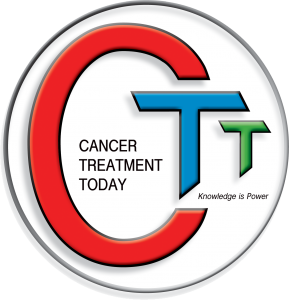IDHIFA – pro
IDHIFA® (enasidenib) is indicated for the treatment of adult patients with relapsed or refractory (R/R) acute myeloid leukemia (AML) with an isocitrate dehydrogenase-2 (IDH2) mutation as detected by an FDA-approved test.The FDA approval was based on the clinical data from an open-label, single-arm, multicenter, two-cohort clinical trial of adult patients with R/R AML and an IDH2 mutation (Study AG221-C-001, NCT01915498). IDHIFA was approved concurrently with the Abbott RealTime™ IDH2 companion diagnostic test, which is FDA-approved as an aid in identifying AML patients for treatment with IDHIFA. IDH2 mutations were identified or confirmed by the Abbott RealTime™ IDH2 test. IDHIFA was given orally at a starting dose of 100 mg daily until disease progression or unacceptable toxicity. Dose reductions were allowed to manage side effects. Patients had a median age of 68 years (range of 19 to 100) and received a median of two prior anticancer regimens (ranging from one to six). More than half (52%) were refractory to previous therapy.
In this trial, IDHIFA demonstrated a combined complete response or complete response with partial hematologic improvement (CR/CRh) rate of 23% (n=46) (95% CI: 18%, 30%). Median duration of CR/CRh was 8.2 months (95% CI: range 4.3, 19.4). For patients who achieved a CR/CRh, the median time to first response was 1.9 months (range, 0.5 to 7.5 months) and the median time to best response of CR/CRh was 3.7 months (range, 0.6 to 11.2 months). Of patients achieving a CR/CRh, 85% (39 of 46 patients) did so within six months of initiating IDHIFA.
Among the 157 patients who were dependent on red blood cell (RBC) and/or platelet transfusions at baseline, 53 (34%) became independent of RBC and platelet transfusions during any 56-day post-baseline period. Of the 42 patients who were independent of both RBC and platelet transfusions at baseline, 32 (76%) remained transfusion independent during any 56-day post-baseline period.
The safety of IDHIFA was evaluated in 214 patients with R/R AML and an IDH2 mutation. The median duration of exposure to IDHIFA was 4.3 months (range 0.3 to 23.6). The 30-day and 60-day mortality rates observed with IDHIFA were 4.2% (9/214) and 11.7% (25/214), respectively.
In the clinical trial, 14% of patients treated with IDHIFA experienced differentiation syndrome, which can be fatal if not treated. IDHIFA can cause fetal harm if administered to pregnant women. The most common adverse reactions (≥20%) of any grade were nausea, vomiting, diarrhea, elevated bilirubin and decreased appetite. Serious adverse reactions were reported in 77.1% of patients. The most frequent serious adverse reactions (≥2%) were leukocytosis, diarrhea, nausea, vomiting, decreased appetite, tumor lysis syndrome, and differentiation syndrome.
IDHIFA Full Prescribing Information (U.S.). Celgene Corporation. Summit, NJ; July, 2017.
Ravandi F, et al. Characteristics and outcome of patients with acute myeloid leukemia refractory to 1 cycle of high-dose cytarabine-based induction chemotherapy. Blood. 2010;116 (26):5818-23.
Medeiros B, et al. Isocitrate dehydrogenase mutations in myeloid malignancies. Leukemia. 2017; 31:272-281.
